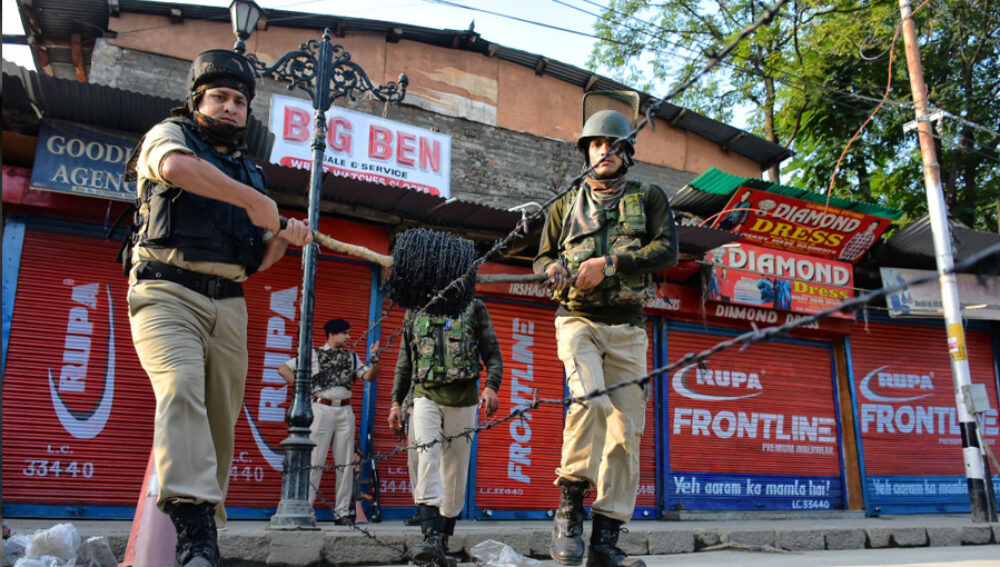‘A new era has begun in Jammu and Kashmir and Ladakh. Article 370 was a hurdle for development of Kashmir … Article 370 and Article 35A gave only separatism, nepotism and corruption to the people of Jammu and Kashmir … I assure the people of J&K that things will return to normalcy.’
Narendra Modi, 8 August 2019
Prime Minister Narendra Modi’s speech to the nation explaining his government’s decision to abrogate Article 370 was addressed not only to the people of Kashmir, but to the international community at large. In one stroke, Modi has attempted to redefine the geostrategic dynamics of South Asia. But it has opened a Pandora’s box, as I discussed in part 1 of this series.
Though the Indian government was able to get the constitutional change through the parliament thanks to its overwhelming majority, the legality of the move has been challenged in the supreme court. If New Delhi can overcome this hurdle, the newly created union territories of Ladakh and Jammu and Kashmir will be integrated with the Indian union and administered under Indian laws (while the latter will have a separate legislature under the Indian federation, Ladakh won’t).
Please click here to read the full “India’s actions in Kashmir (part 2): What happens next?” article published at The Strategist, written by Griffith Asia Institute Research Assistant, Aakriti Bachhawat.








